[PhotoSparks] 'Real success comes from vision and commitment' – award-winning sculptor Dhruva Mistry
PhotoSparks is a weekly feature from YourStory, with photographs that celebrate the spirit of creativity and innovation. In this pictorial essay, we feature some of the diverse art works from over 30 years of the career of award-winning sculptor Dhruva Mistry.
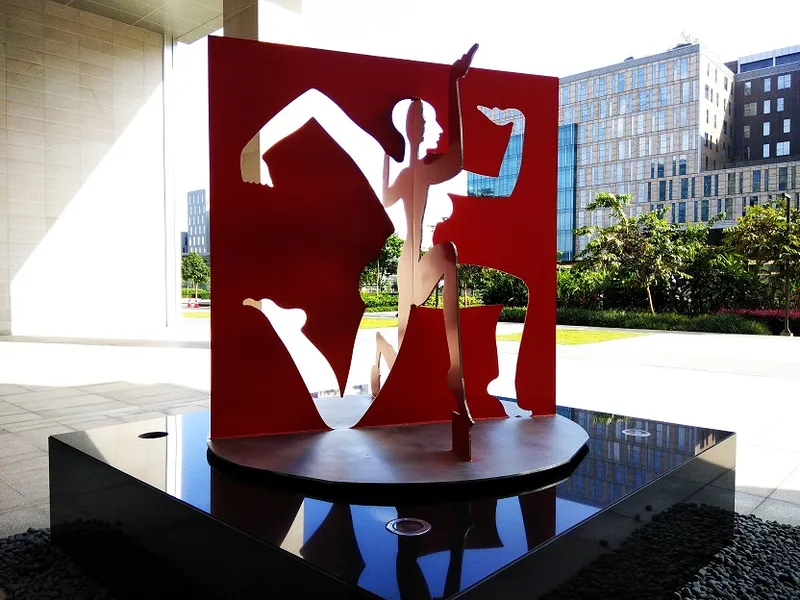
In the earlier 160 posts, we brought you a wide range of creative photographs from an art fair, world music festival, painting fair, telecom expo, art museum, mobile showcase, business cards, art therapy, startup festival, Diwali rangoli, Vesak, jazz festival, modern art gallery, ecopreneurs, painter-poets, health activists, eNGOs and digital innovators.
Born in 1957, award-winning Indian sculptor Dhruva Mistry studied at MS University in Baroda and the Royal College of Art in London. He was elected member of the Royal Academy of Arts in 1991 and Fellow of the Royal Society of British Sculptors in 1993. He also served as Head of Sculpture and Dean, Faculty of Fine Arts, MS University. His work has been featured at major exhibitions in India and overseas.
From small sculptures to large permanent installations, his works are made of plaster, chalk, stainless steel, fibreglass, wood, and stone (see our earlier photo essay on some of his works on display at RMZ EcoWorld here). His famous works include Little Bird, White Elephant, Blue Head, Sitting Bull, On Sail, Spatial Diagram, In-di-visible, Goddess of Love, Reclining Figure, Spatial Tridiagram, Doodledom, and installations at the Victoria Square Gardens, National Museum of Wales, and Castle Gardens. Some of them are featured in this pictorial essay (photos provided by the artist, Yukari Saraswati, Galerie Scheffel, and Cass Sculpture).
“Art is a reflection of the artist’s experience and perceptions of reality. It represents a metaphorical truth and not necessarily the literal truth,” Dhruva said in a chat with YourStory.
Art reflects the inner balance of the artist, and many of them create art out of a sense of duty to society and the environment. Thus, art is sometimes a commentary on society with all its ills, beauty, corruption and goodness.
“Training helps an artist, but real success comes from vision and commitment, to create something unique,” Dhruv explains. Anyone can take lessons, but they need to be digested and integrated with a broader and deeper worldview.
He encourages viewers to bring their own balance and beauty to works of art. “Start by seeing things as they are, then add your own perspective. Come without a prior bias, and enjoy the benefits of art – come to feel it and like it,” he signs off.
Now what have you done lately to enter and appreciate the world of art, and find your inner balance?
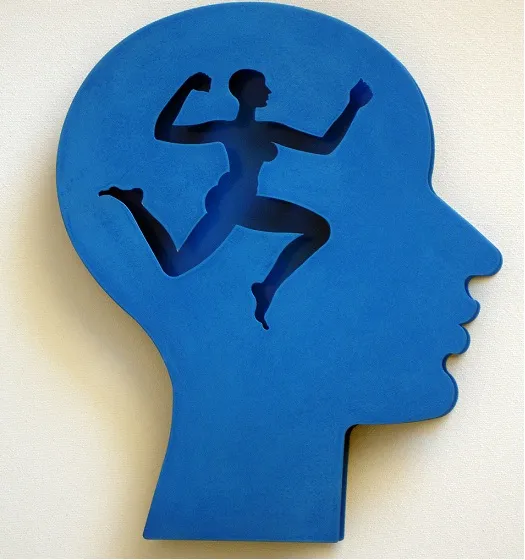

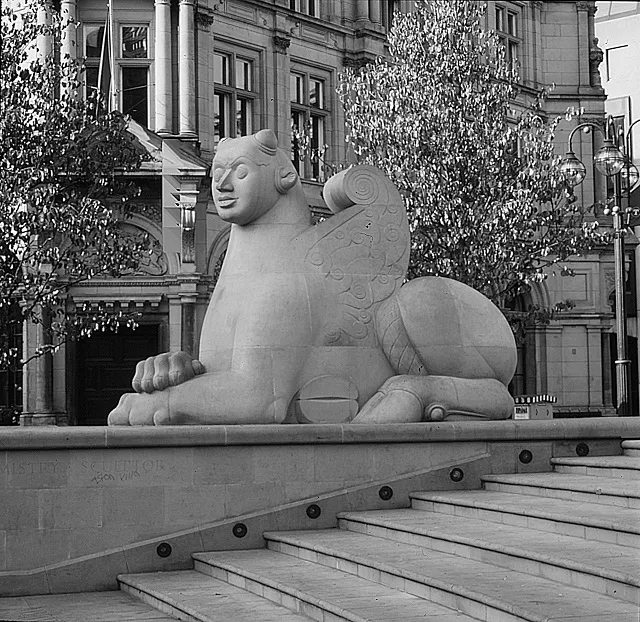
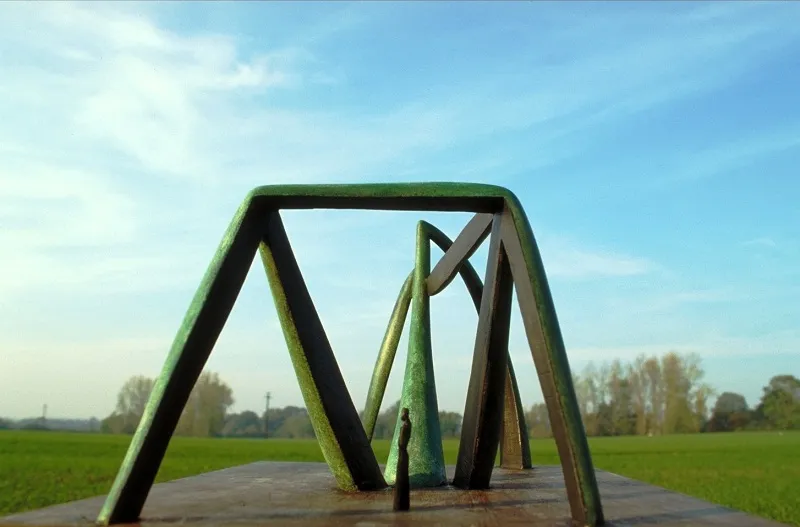
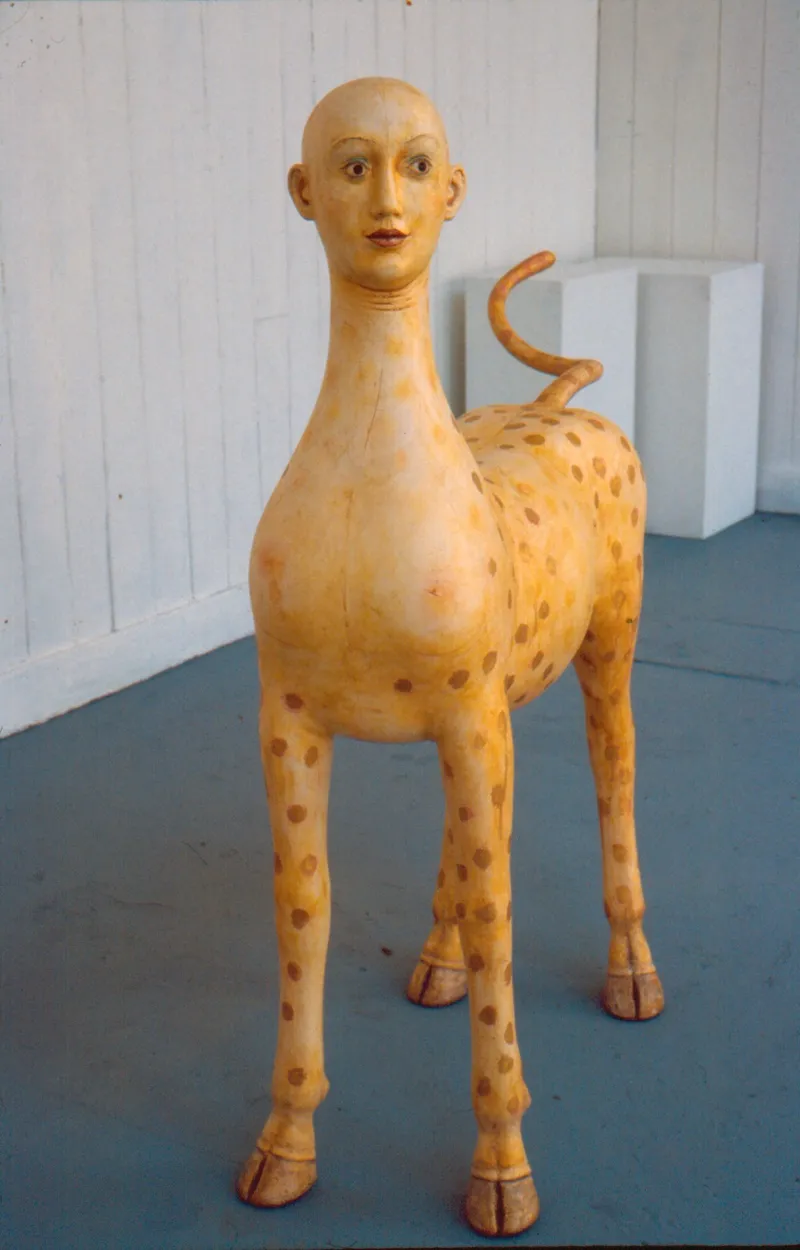
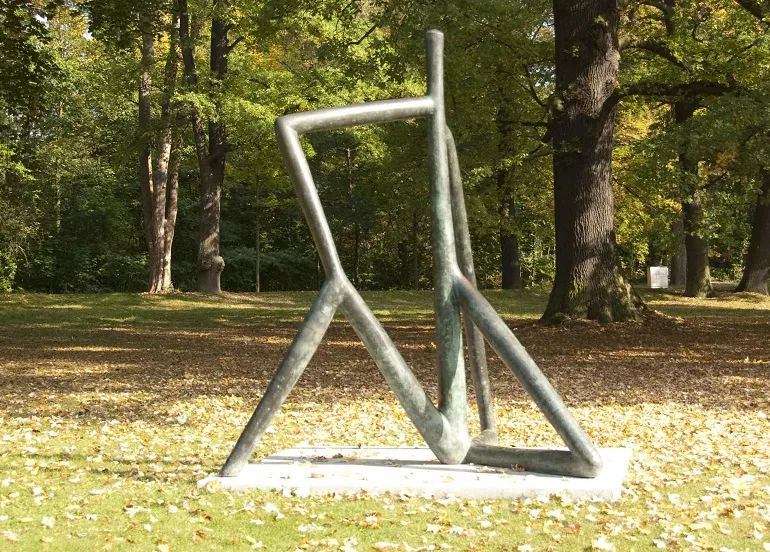
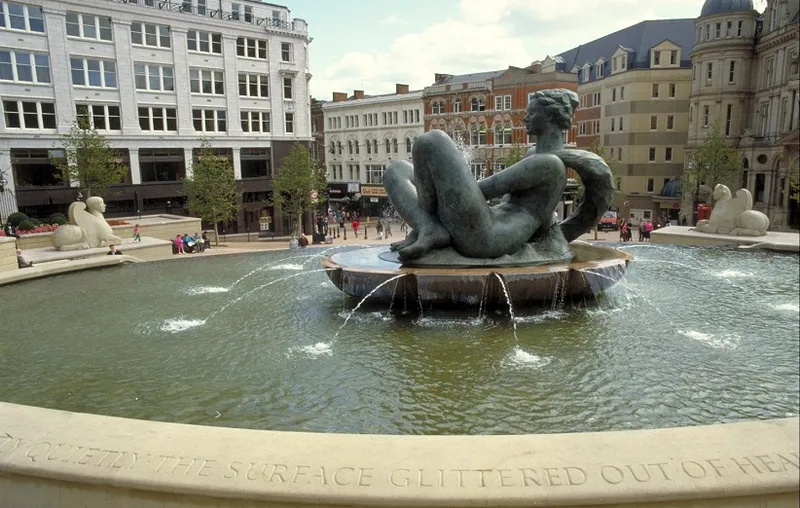
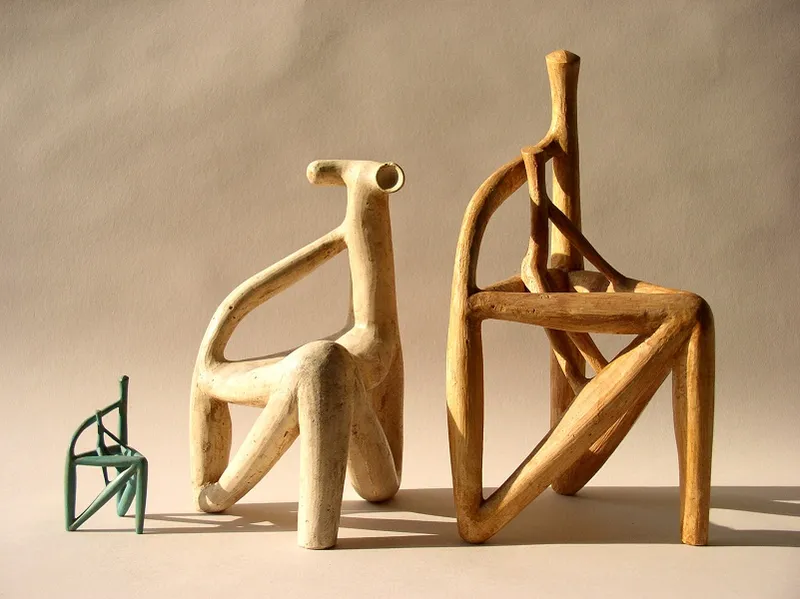
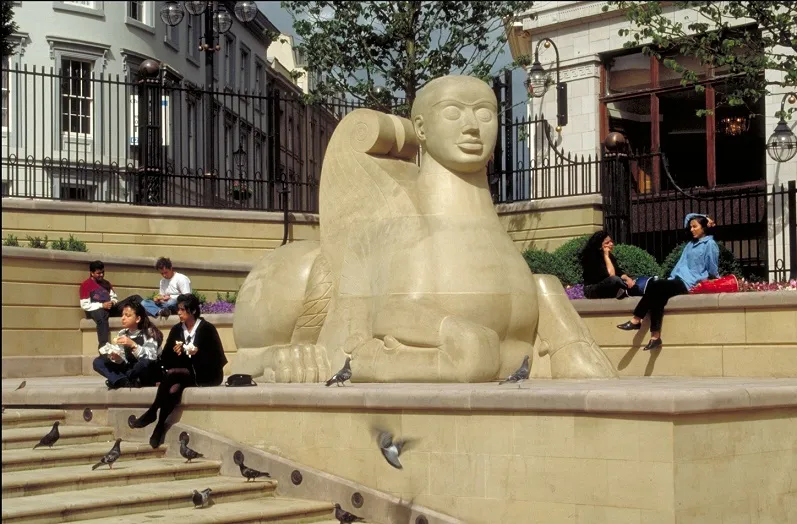
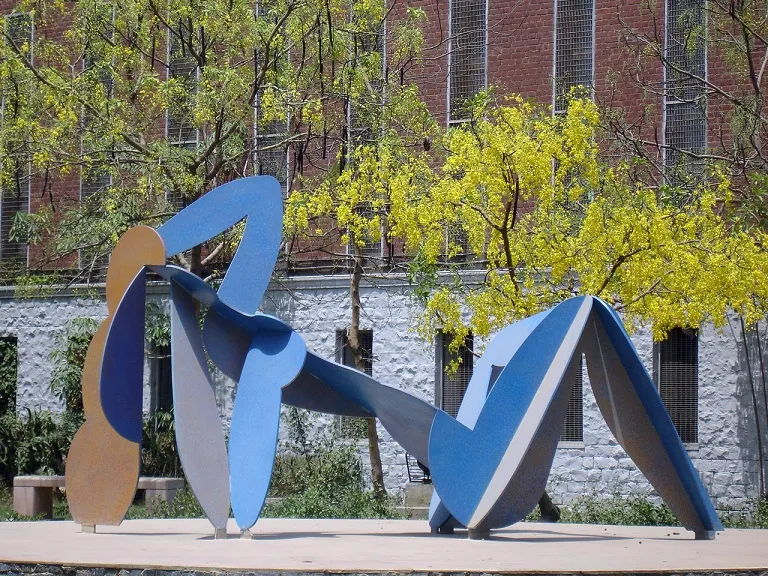

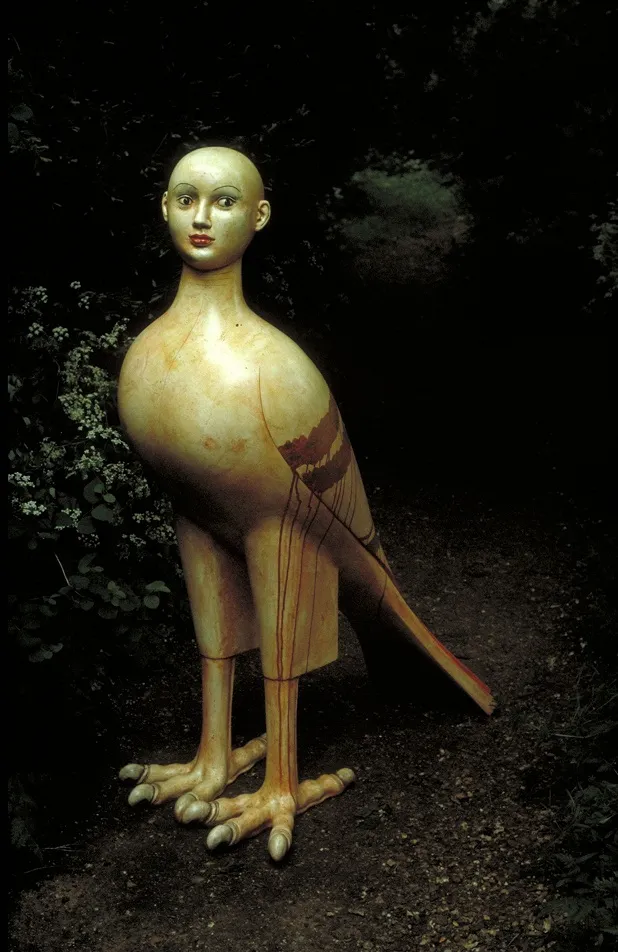
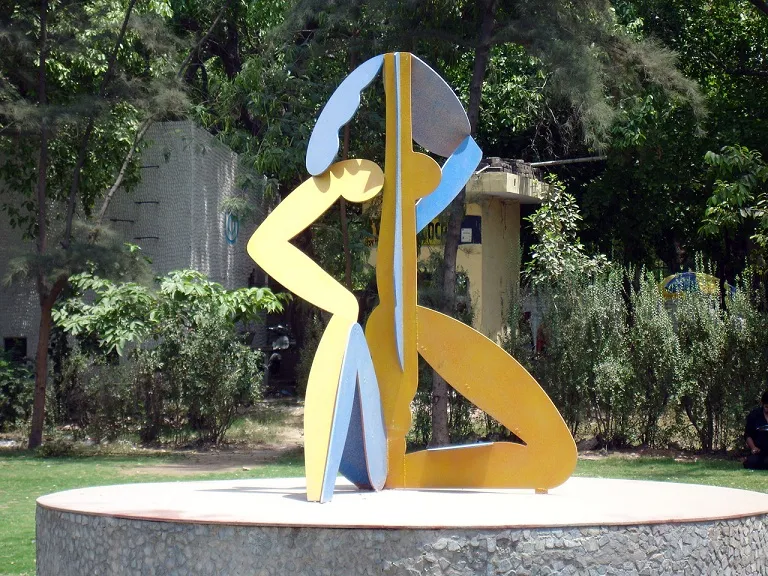
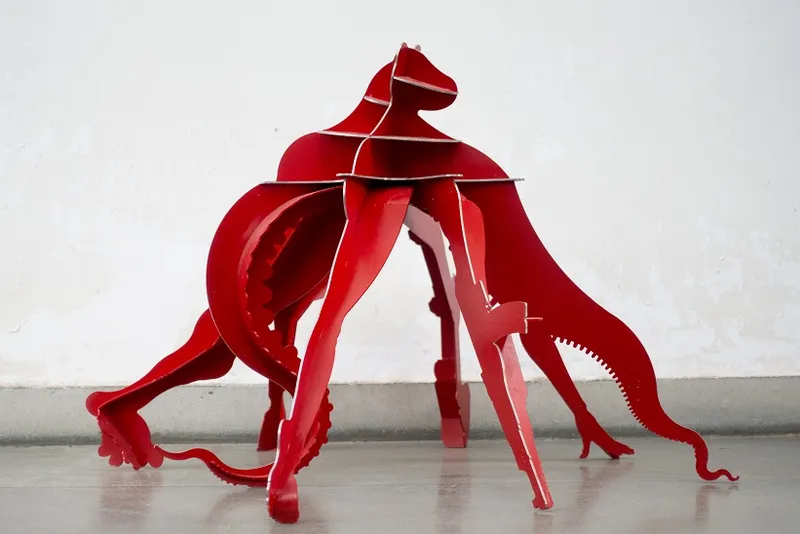
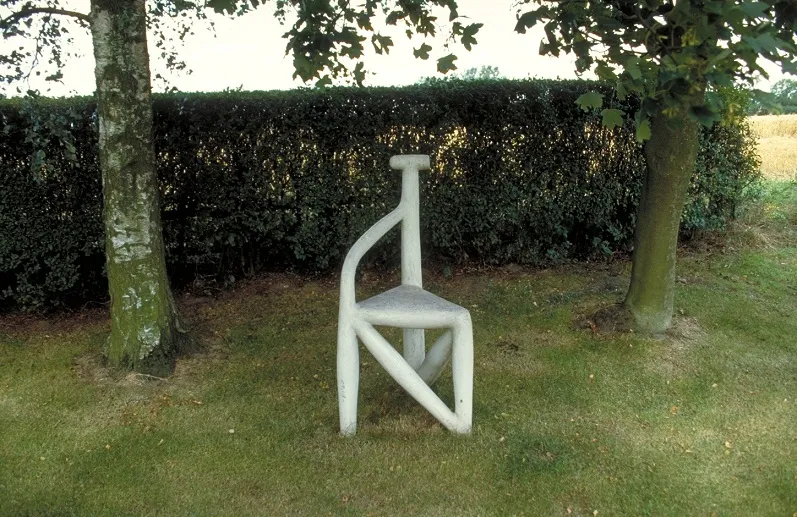
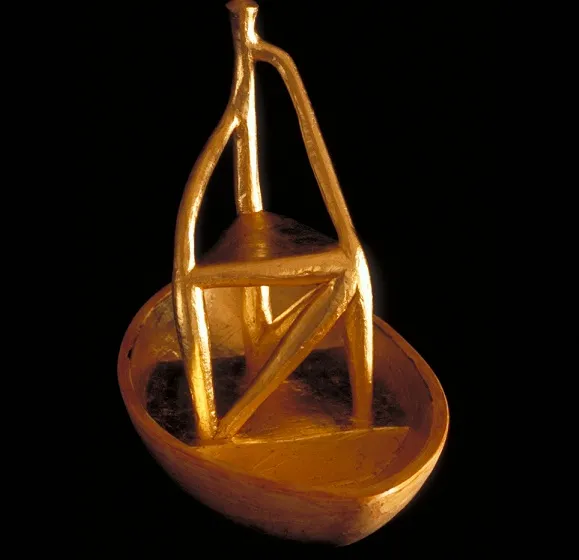
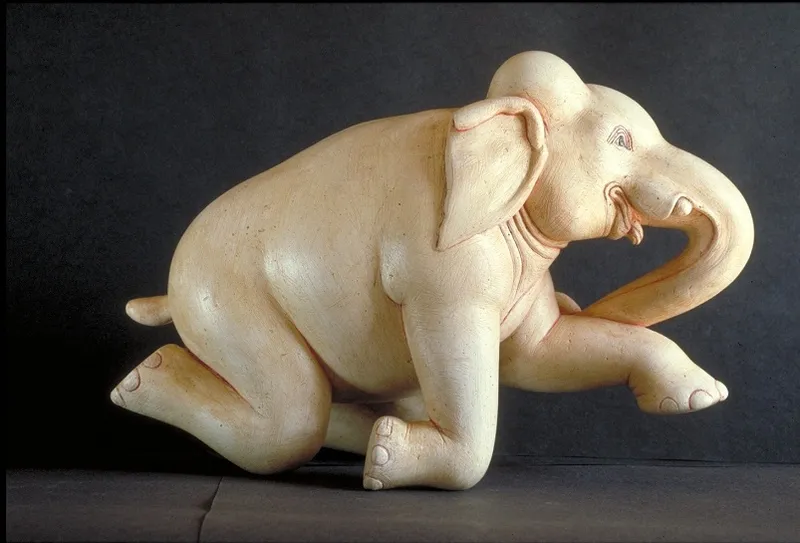
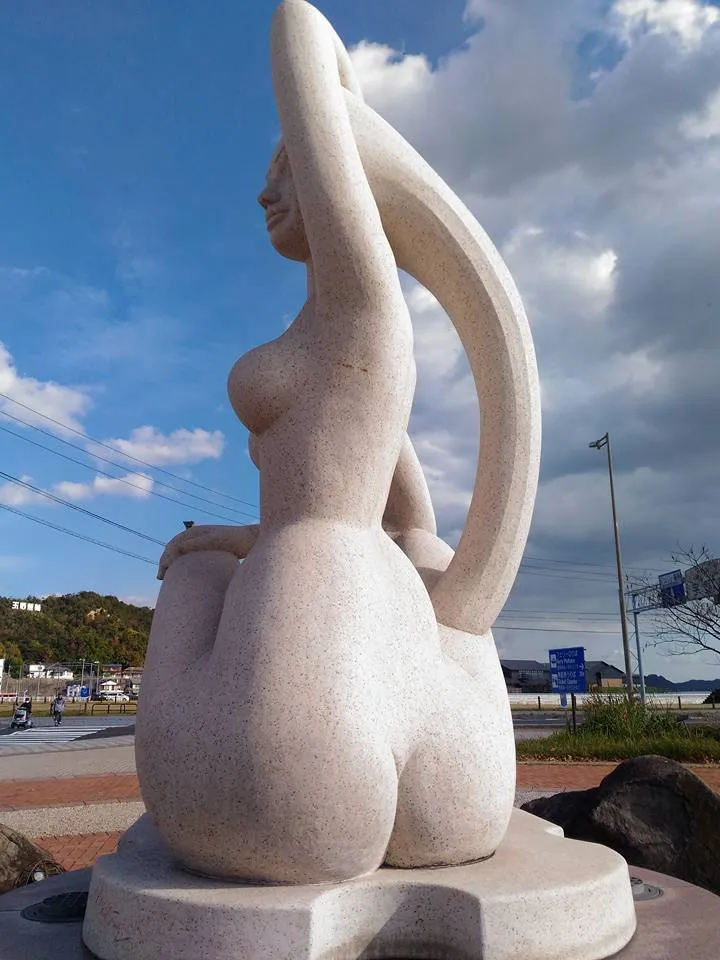
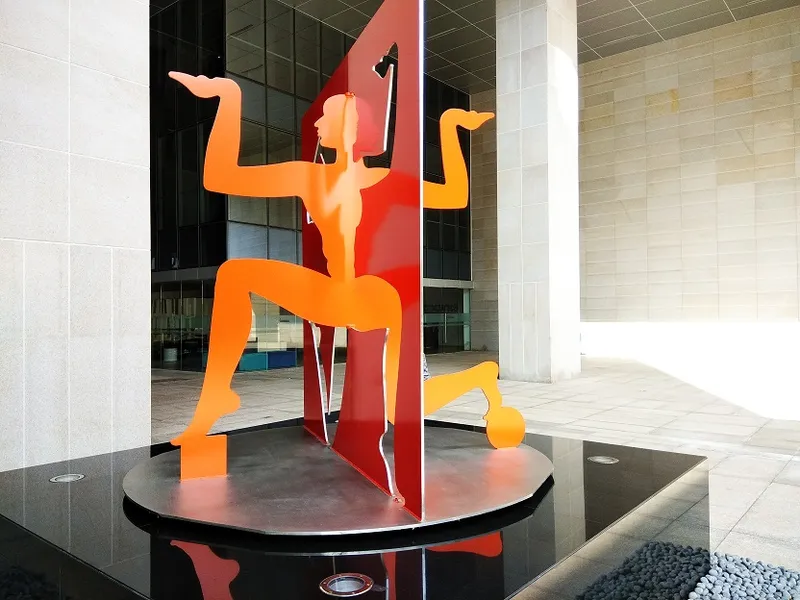
Got a creative photograph to share? Email us at PhotoSparks@YourStory.com!
See also the YourStory pocketbook ‘Proverbs and Quotes for Entrepreneurs: A World of Inspiration for Startups,’ accessible as apps for Apple and Android devices.


![[PhotoSparks] 'Real success comes from vision and commitment' – award-winning sculptor Dhruva Mistry](https://images.yourstory.com/cs/wordpress/2017/11/00b.jpg?mode=crop&crop=faces&ar=16%3A9&format=auto&w=1920&q=75)




